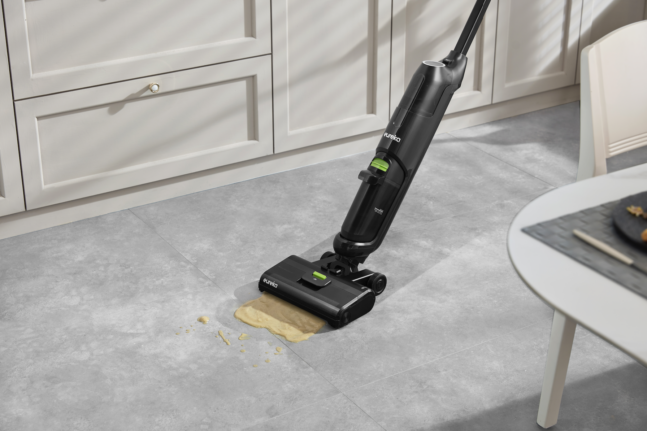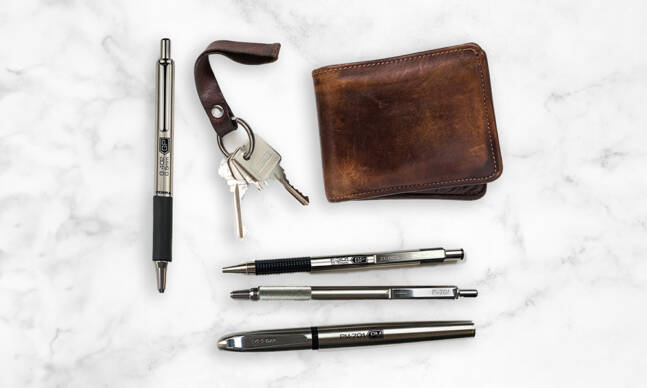Finding a great pocket knife, fixed blade, or even chef’s knife isn’t all that difficult. There are hundreds of manufacturers big and small that make as many blades. We’re living in a knife renaissance! But few of those options will get the kind of response that a gorgeous, patterned Damascus steel blade will get. Regardless of what form it’s in. Why is Damascus steel so sought after? What is it? Do you really want a Damascus steel knife? (Short answer: yes!) We dive into all aspects of this millennia-old steel below.
What Is Damascus Steel?
At first glance, Damascus sets itself apart from all other options with the undulating waves and patterns that are present in the blade itself. It was also uncharacteristically strong, sharp, and durable given its relatively lightweight. Whether it’s made with the ancient or modern production method, it was also incredibly difficult to produce, costly and time-consuming, which is why you don’t see it on what we would consider entry-level options. The history of Damascus steel is almost enchanting as the blades themselves.

What Is the History of Damascus Steel?
While the specific origin of the name “Damascus steel” is nebulous at best–it varies from a description of the water-pattern on the surface, the name of the swordsmith, or the location the blades were produced–there are references to the blades constructed from it as early as the late 1st century. Ancient Damascus blades were first made in Damascus with a crucible, high carbon, and forged steel with a unique banding pattern wootz steel. This pioneering steel alloy was in production for almost 2,000 years and is what gave all the blades their incredible durability, edge retention, and downright gorgeous wave pattern. [Fun fact: it’s rumored to have been the inspiration for Valyrian steel from Game of Thrones]
What Happened to Damascus Steel?
Production of Damascus steel blades dropped off during the 18th century with the rise of firearms and the lack of the ever-important wootz steel. Modern archaeologists have been using all the techniques at their disposal–along with surviving pieces–to recreate Damascus in the modern world. We’re not going to pretend like we understand the science between cementite nanowires, carbon nanotubes, and the hypereutectoid state. But we do know they were able to reproduce the elemental, structural, and visual characteristics of the original. Ultimately, they were really all proofs of concept that proved too intensive when there’s a viable modern alternative.

What Is Modern Damascus Steel?
In 1973, Bladesmith William F. Moran unveiled what was described as “Damascus knives” at the Knifemaker’s Guild Show since the wave pattern of his creations matched that of the original. The term stuck even though modern Damascus is actually pattern-welded using steel, iron, and other metals that are formed into a billet and folded multiple times to create that gorgeous pattern. Arguing about the modern use of the term is the same as getting into a heated debate about the pronunciation of “.gif” because, frankly, it really doesn’t matter. Modern Damascus has all the properties of the original–it’s lightweight, rigid, holds an edge, and is as much art as it is tool because of the wave pattern. And that’s why it’s so popular in today’s EDC.
Our Favorite Modern Damascus Steel Knife Options
While you can likely find a Damascus steel option from all of the best knife brands out there, we picked a few of our favorites to get you started on your knife upgrading.
Damascus Chef’s Knives
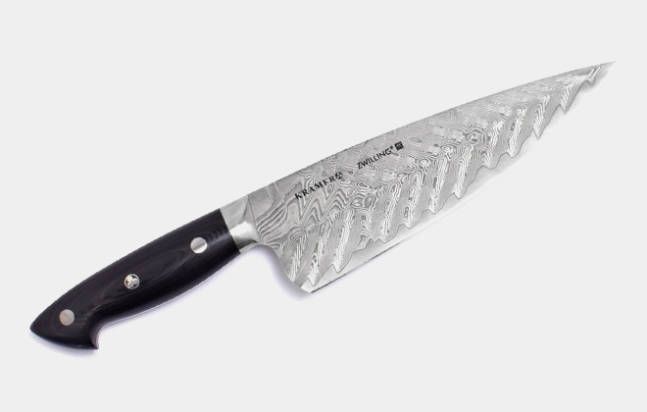
Kramer Stainless Damascus 8″ Chef’s Knife by Zwilling J.A. Henckels
To this day, this is one of the best chef’s knives we have ever purchased or used. It’s not cheap, but the price tag is more than worth it given the build quality. An official Bob Kramer design handmade in Seki City, Japan, this blade combines an SG2 super-steel core with 101-layered deep-etched Damascus and a linen Micarta handle. It’s dangerously sharp, has a gorgeous chevron Damascus pattern, and is so comfortable you can use it for hours without hand fatigue.
Buy
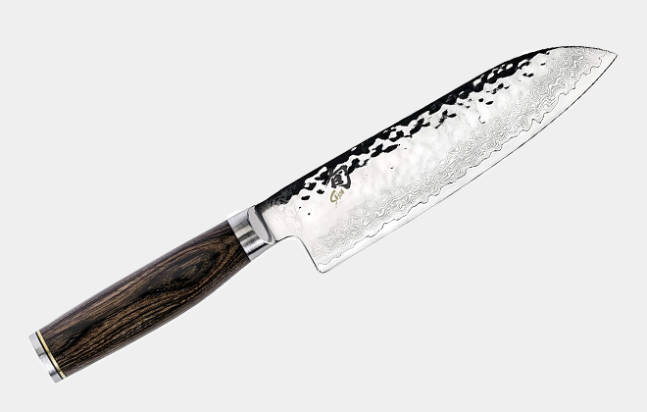
Shun Premier 7″ Santoku Knife
When you want a knife that checks all the boxes except jaw-dropping price tag, Shun has you covered with their Premier line. This Asian-inspired Santoku knife is handcrafted in Japan with a VG-Max supersteel core, 34 layers of Damascus on each side, and a PakkaWood handle that will fit your hand like a glove. Combine that with the tsuchime hammered finish that transitions gorgeously into the mirrored finish of the Damascus layers for a knife that’s as sleek as it is sharp.
Buy
Damascus Pocket Knives
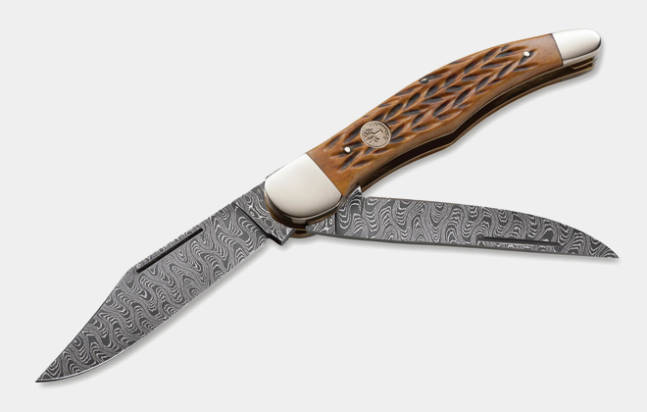
Böker Traditional Series 20-20 Duo Damascus
Böker has been producing fantastic knives of all silhouettes since long before any of us were born, and the tree brand has never skimped on quality, design, or durability. Their Traditional Series 20-20 Duo Damascus folder is the perfect example of what they do. Vintage-style dual blade design with contrasting brown handle and silver bolsters is paired with modern updates like the Damascus blades and jigged bone handle scales. This is a pocket knife so good-looking you’ll find any excuse to show it off.
Buy

The James Brand The Carter Pocket Knife
No list of modern pocket knives would be complete without at least one option from The James Brand. Their revolutionary new designs seamlessly blend vintage style with cutting-edge elegance to create some of the most functional knives you’ll ever have the pleasure of using. Knives like The Carter shown here with black Micarta handle scales and a corrosion-resistant VG-10 stainless Damascus blade easily deployed with one hand using the thumb disc.
Buy
Want to read more about the best pocket knives? Click here for Cool Material’s Guide to Pocket Knives.



